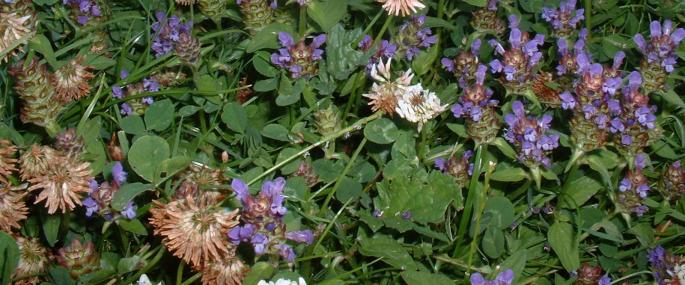Selfheal can be seen creeping through the short turf of a grassland or the uncut grass of a woodland clearing or roadside verge; it can even pop up in lawns that haven't been treated with chemicals. Its clusters of violet flowers appear from June to October and provide a nectar source for bees and wasps.
Some of our most abundant species are often treated as 'weeds' when they appear in the garden. Yet they can be extremely beneficial to wildlife, providing food for nectar-loving insects and shelter for minibeasts. Try leaving wilder areas in your garden, such as patches of Selfheal in your lawn and Stinging Nettles near the compost heap, and see who comes to visit... To find out more about wildlife-friendly gardening, visit our Wild About Gardens website: a joint initiative with the RHS, there's plenty of facts and tips to get you started.
